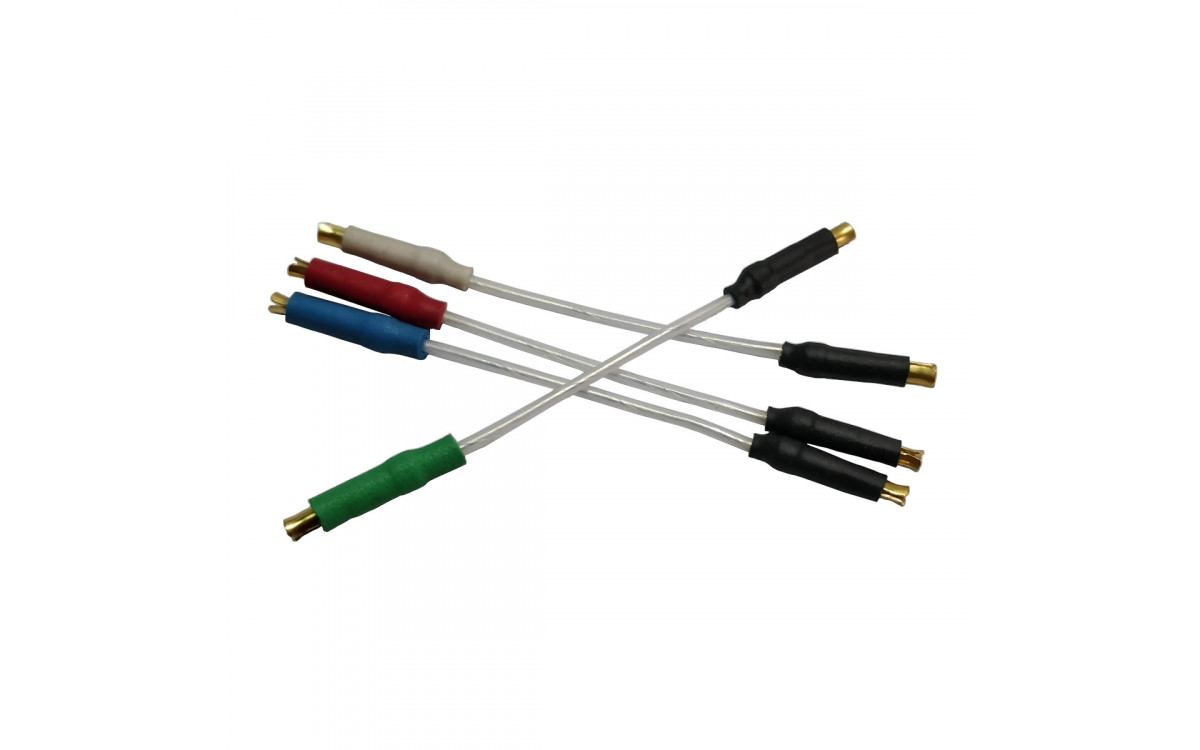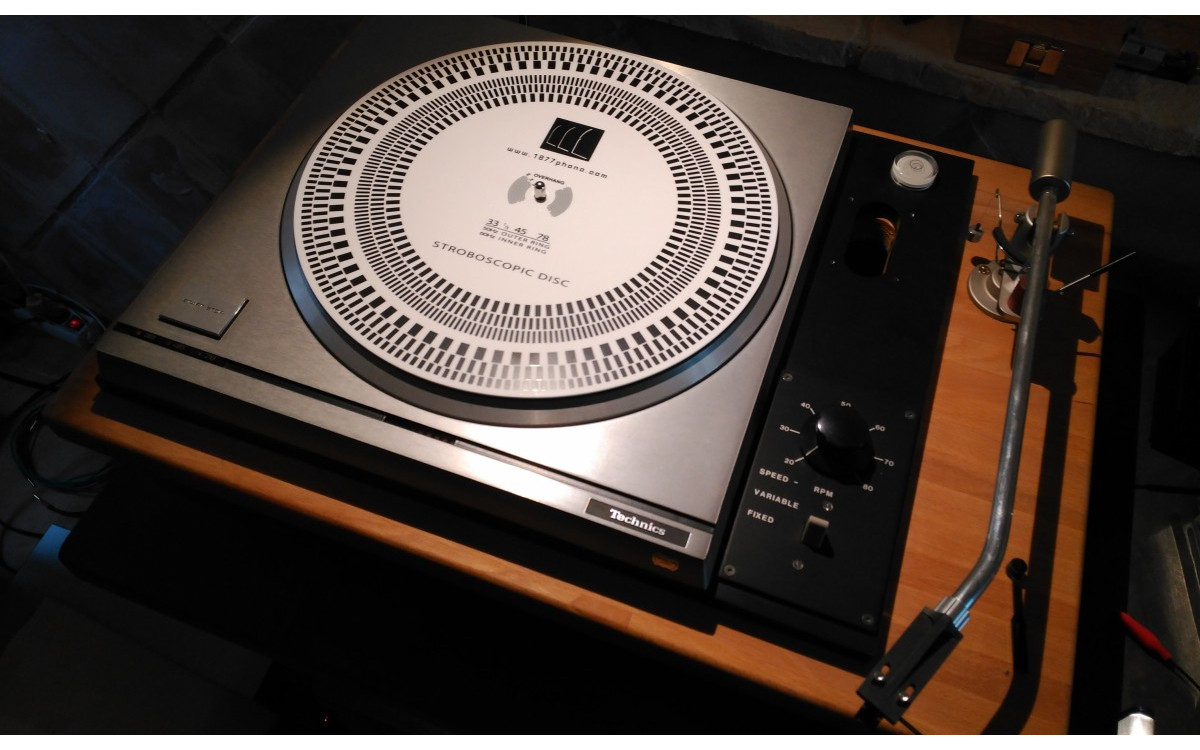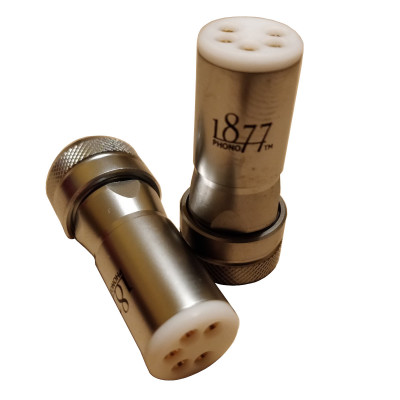While cleaning out a storage cupboard in the workshop we came across a nice little 10amp power filter, so we just had to do something with it. This circuit is designed to reduce EMI (Electro magnetic Interference). Dirty power isn't really a problem here due to our unique power setup. More on that later. Looking through the spares box we managed to find all the pieces needed to build a nice little power line filter. The filter we are using is a single-phase, 10Amp, multi-stage, general purpose EMI filter.


What does the filter do?
This is a passive filter which reduces, or eliminates, conducted EMI/RFI emissions on power cables. This type of noise is often attributed to dirty power supplies, your ubiquitous `wall wart´. In addition item with electric motor, or anything which creates a spark, such as a light switch is a potential cause of EMI transmitted down your electric, or mains cabling. What the filter will not do is suppress radiated emissions which may be effecting your equipment, such as hum induced by transformers in nearby equipment.
On a single phase installation the filters need to be applied to both the live and neutral lines. Our filter runs two parallel circuits, one for live and the other for the neutral line.
For this project we used:
- Hammond Industries die-cast alloy enclosure
- digital voltage/frequency meter
- fused IEC socket with power switch
- Nuetrik Power-On sockets and plugs
- single-phase, 10Amp, multi-stage general purpose EMI filter
- Fast-On connectors, heat shrink and wire
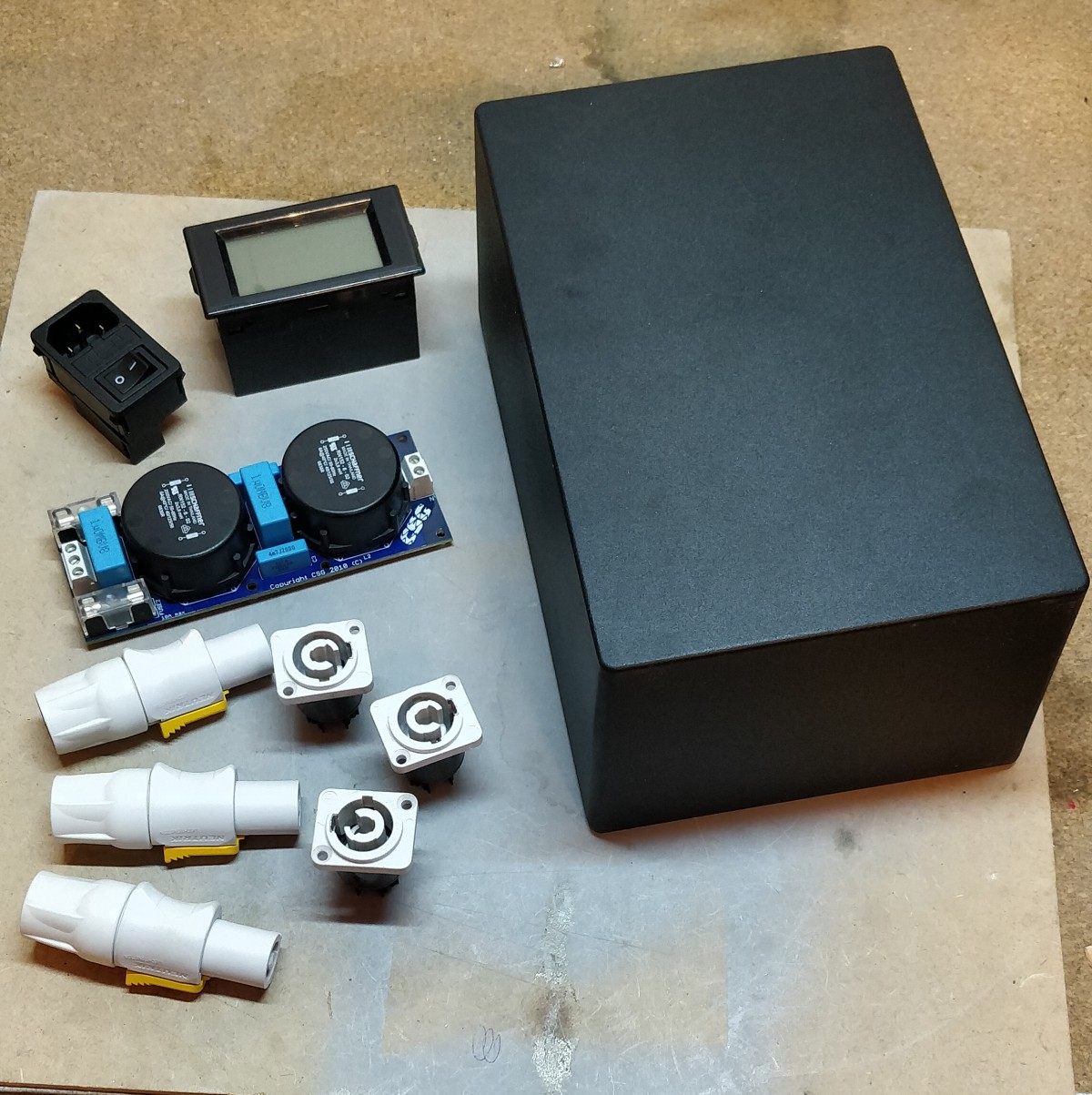
Although we used a PCB based filter, this can be replaced by any commercially produced EMI/RFI filter such as the Schaffner FN2060-16-06. This uses the same snubber circuit as our PCB but with a higher current rating (16A).
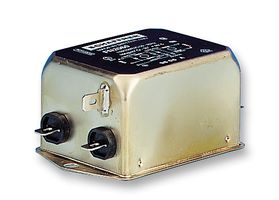
Schaffner FN2060-16-06 line filter
The final build was straight forward. The case work was the most time consuming, cutting holes for the IEC connector, Power-On connectors and the front mounted voltage/frequency display. Fast-On connectors were used for the IEC socket and Power-On sockets, and were well insulated with heat-shrink. The filter PCB was mounted on nylon standoffs, so is well insulated from the enclosure. Both the PCB and all sockets are connected to an ground point on the enclosure, and this in turn is connected to the IEC sockets earthing connector. The IEC socket we used has a switch and fuse. Our filter PCB also has fuses for each line so the fused IEC was not really required, but it was all that was available. It should be noted here that the commercially produced unit such as the Schaffner shown above are not fused and would therefore need a fused IEC socket for protection.
The finished product
A couple of hours in the workshop and we had our filter ready for testing in the listening room. Powered up, and connected to a pair of solid state mono-blocks, the results were good. Certainly no degradation in sound quality, perhaps less noise from the speakers when turned up loud with nothing playing. Hard to tell, but then we have a unique power setup as mentioned earlier. These filters remove noise injected in to power lines. The more items you have on the power circuit, in your house, or houses on your leg of electricity feed to your house, the more noise you are likely to have on your power line. Our house is off-grid, powered by wind and solar. We have a minimum of electrical devices in the house, so have far better than most homes as regards noisy power lines. I built up areas, urban centres, these filters may be the solution to annoying noise in your audio system. Pre-built line filters with power display and universal sockets are not overly expensive, but when you see what is inside these commercial units you quickly realise that it is easy, and much cheaper, to build your own. In fact, you could build a really inexpensive line filter using a commercial filter like the Schaffner one above, a small enclosure big enough to house the filter, and a basic power bar. Cut the cable of the power bar and attach to the filter with insulated Fast-On connectors. Then mount the filter in the enclosure. The enclosure would need a hole either end to pass the cable through, ideally fitted with cable glands to properly secure the cable.
WARNING: The voltages within this unit can kill. Attempting to build one of these filters should only be attempted by someone with a good understanding of electricity, and electrical wiring. You do this at you own risk!


